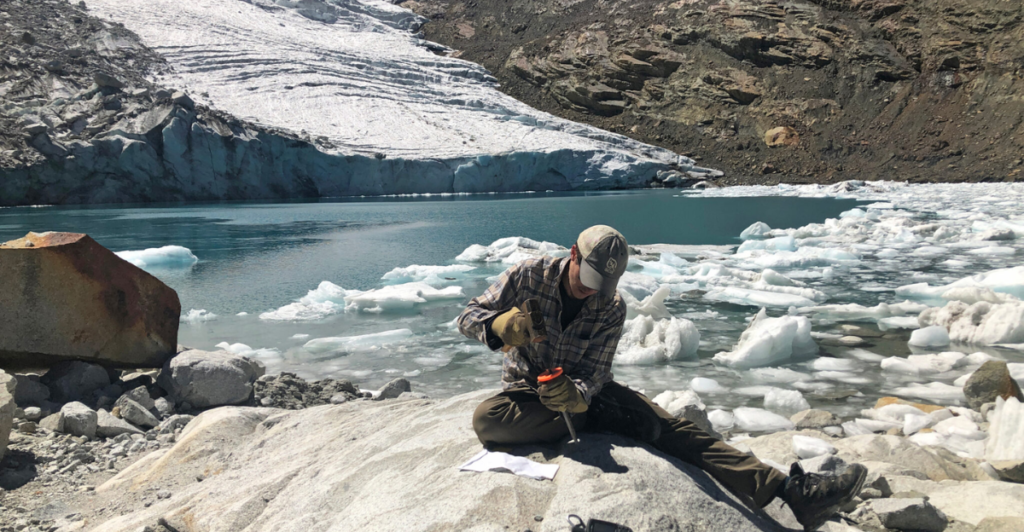
The recent discovery of an ancient forest beneath the melting ice of the Beartooth Plateau in the Rocky Mountains has unveiled a remarkable snapshot of a long-lost ecosystem that thrived nearly 6,000 years ago. As climate change accelerates the melting of these ice patches, this pristine whitebark pine (Pinus albicaulis) forest not only provides insights into past climatic conditions but also raises concerns about the ecological impacts on local wildlife and the fragility of alpine ecosystems. The revelation of this forest underscores how changes in climate can dramatically affect both flora and fauna in high-altitude environments.
Discovery of a Hidden Forest
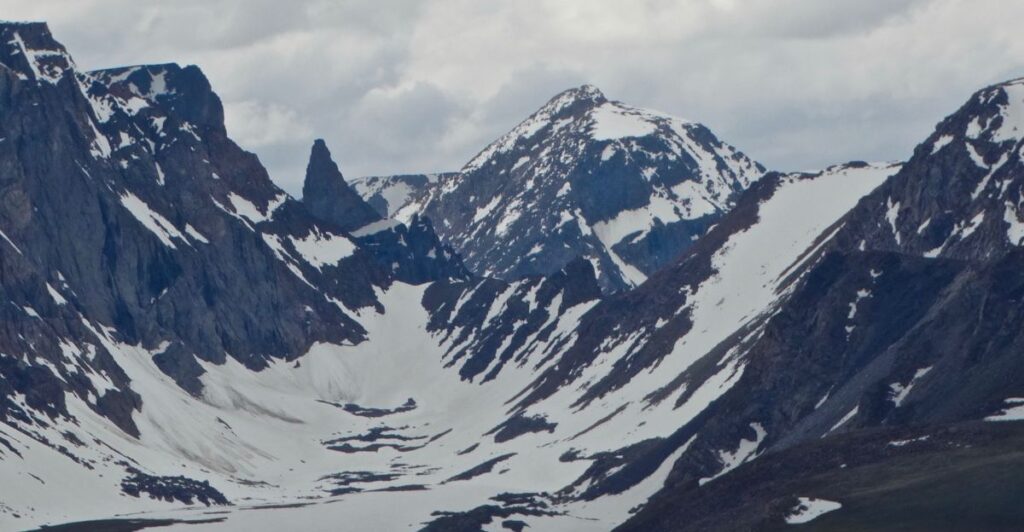
Researchers from Montana State University, along with collaborators from the U.S. Geological Survey, made an astonishing discovery while conducting an archaeological survey on the Beartooth Plateau. They found an ancient forest emerging from the edges of melting ice patches, revealing trees that had been preserved for thousands of years. This remarkable find highlights a dynamic alpine ecosystem that existed long before modern environmental conditions took hold.
The Ancient Ecosystem
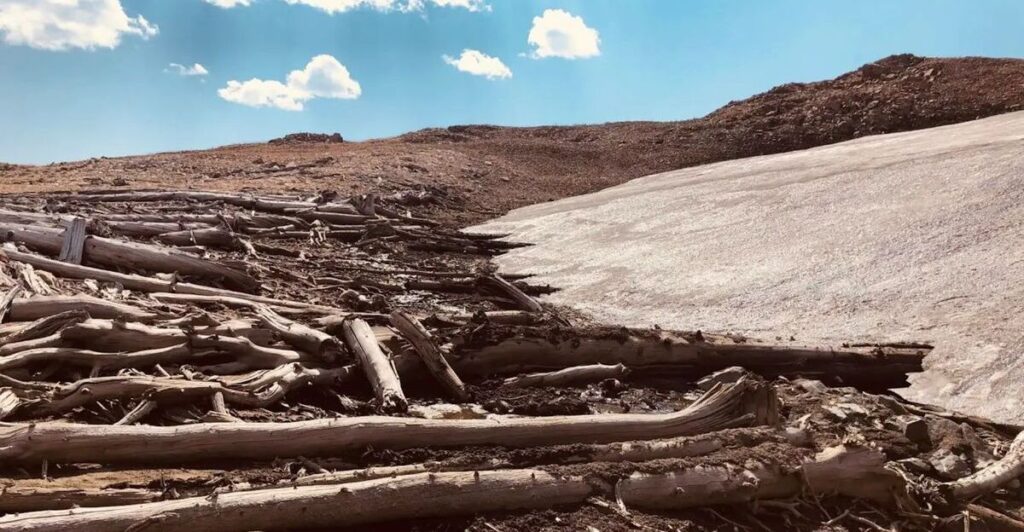
The uncovered forest is primarily composed of whitebark pines, which flourished in a much warmer climate following the last ice age. Between 10,000 and 5,500 years ago, these trees thrived at elevations significantly higher than those where their modern counterparts currently grow. The ancient ecosystem was likely rich with biodiversity, supporting various animal species and human populations who relied on it for sustenance.
Climatic Changes and Preservation
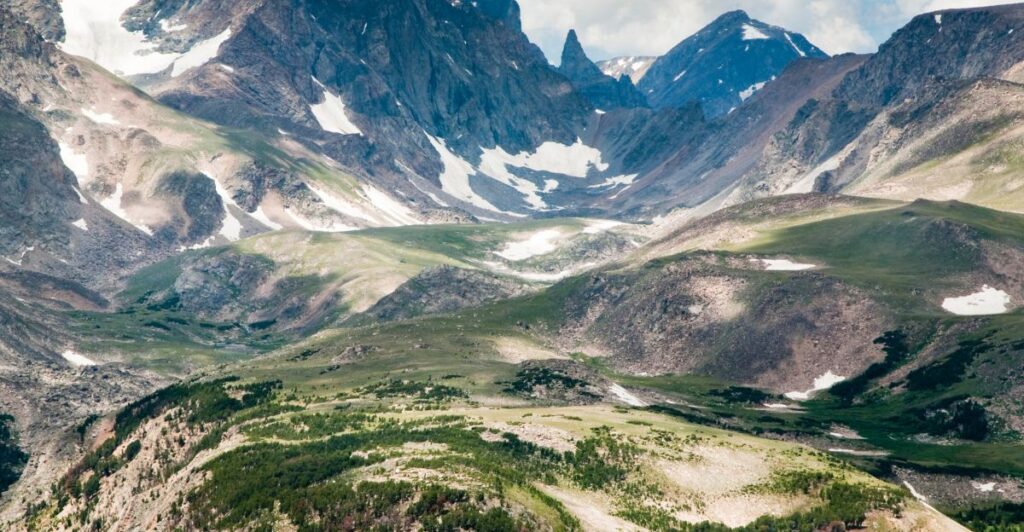
The preservation of this forest can be attributed to a series of climatic events. Approximately 5,500 years ago, a cooling period set in, leading to the rapid encasement of the trees in ice. This abrupt shift was exacerbated by volcanic eruptions that released ash and aerosols into the atmosphere, further contributing to global cooling. As a result, the forest was effectively frozen in time and protected from decay for millennia.
Insights into Historical Climate Conditions
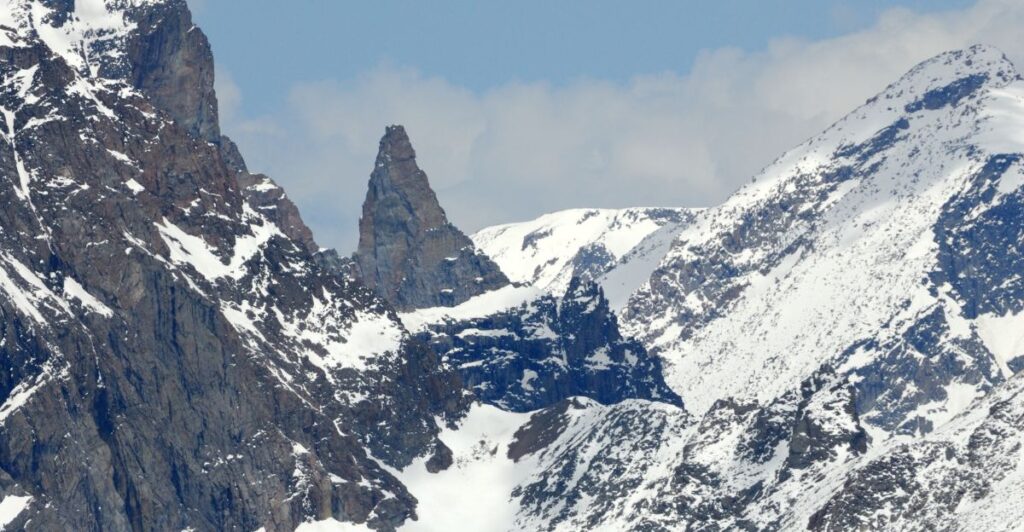
The ancient trees provide invaluable insights into historical climate conditions. Researchers have determined that these trees grew during a period characterized by more hospitable temperatures than those seen today. The well-preserved state of the trees allows scientists to study their growth rings and gather information about past environmental conditions, including temperature fluctuations and precipitation patterns.
Evidence of Human Activity

In addition to the ancient trees, researchers discovered artifacts indicating human presence in this alpine environment. A wooden spear shaft dating back approximately 10,000 years was recovered from the same ice patch. This artifact suggests that early humans utilized this high-elevation ecosystem for hunting and gathering, further illustrating its importance as a resource-rich landscape.
The Fragility of Alpine Ecosystems
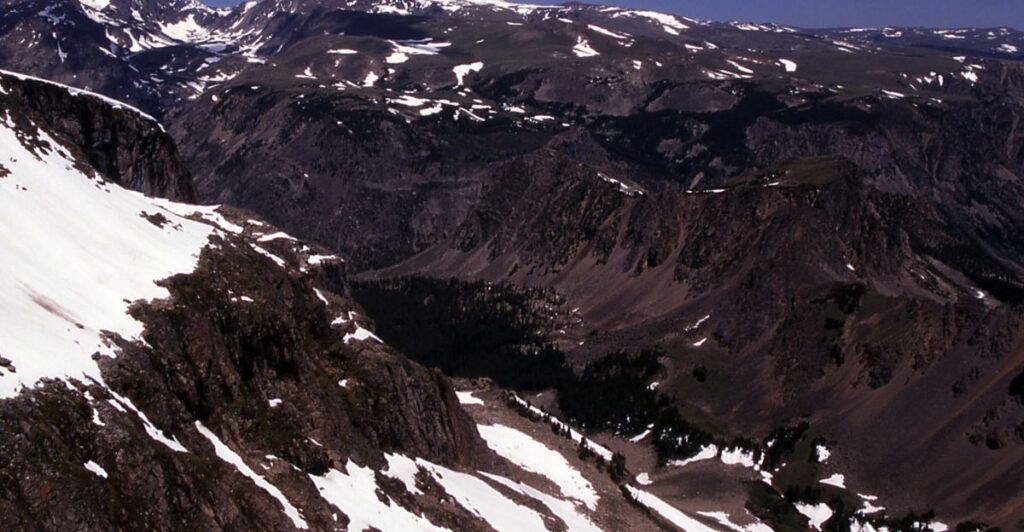
While the discovery is exciting for scientists, it also serves as a poignant reminder of the fragility of alpine ecosystems in the face of climate change. As temperatures continue to rise and ice patches melt at an alarming rate, there is growing concern about the long-term survival of such ecosystems and their associated wildlife. The loss of these habitats could lead to declines in biodiversity and disrupt ecological balance.
Local Wildlife Implications
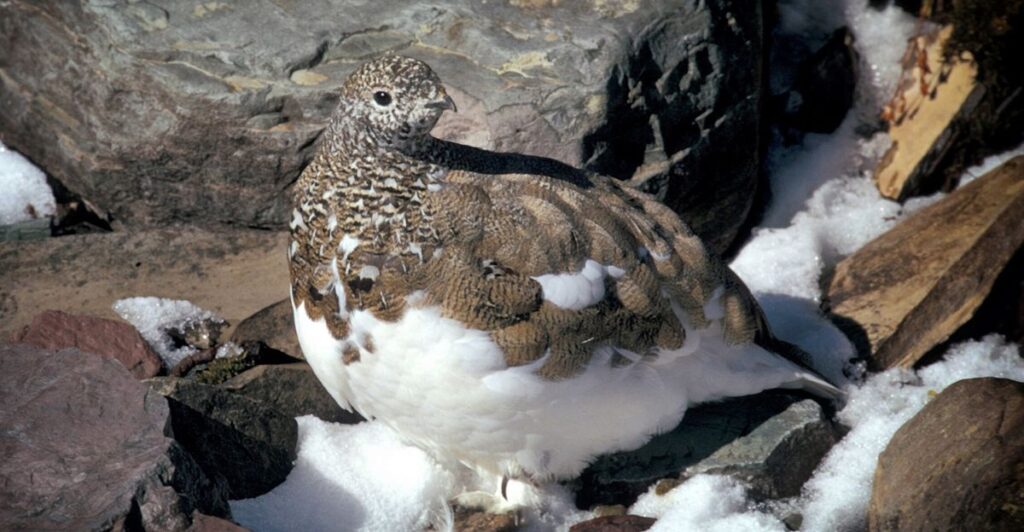
The melting ice not only reveals ancient forests but also poses significant risks to local wildlife that depend on stable alpine environments. Species adapted to cold climates may struggle to survive as their habitats change rapidly due to warming temperatures. Additionally, shifts in vegetation patterns can affect food availability for herbivores and predators alike.
A Bittersweet Discovery
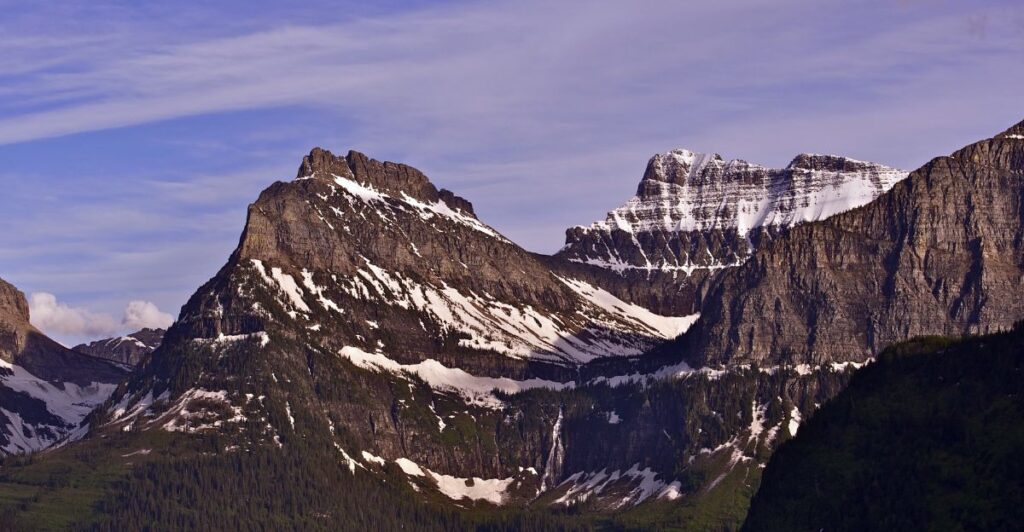
Cathy Whitlock, director of the Paleoecology Lab at Montana State University and senior author of the study expressed both excitement and sadness regarding the discovery. While it offers a unique glimpse into the past, it also highlights the ongoing impact of climate change on our planet’s ecosystems. “These kinds of discoveries are scientifically really interesting,” she noted, “but they’re also a sad reminder of how fragile these alpine ecosystems are”.
Future Research Directions
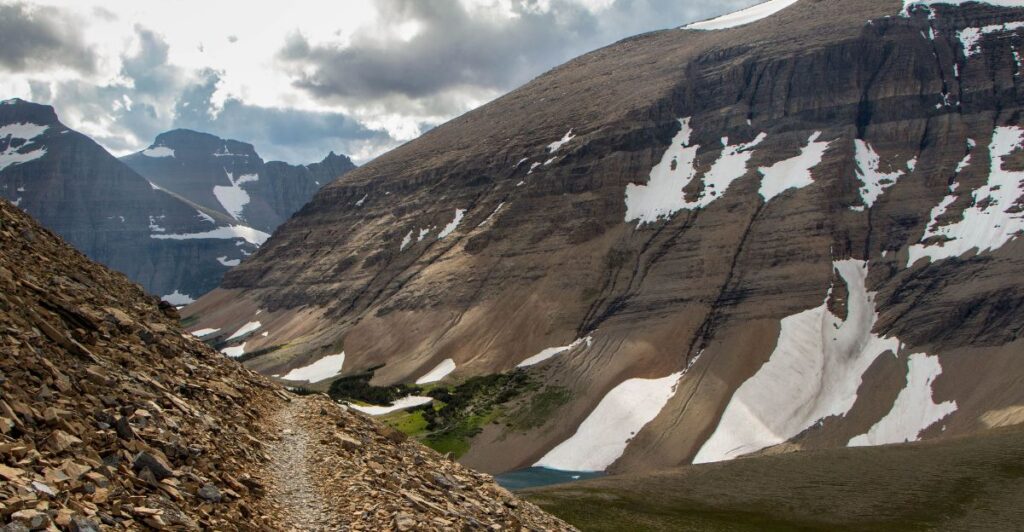
The findings from this ancient forest open new avenues for research into how ecosystems respond to climatic changes over time. Scientists aim to further investigate the interactions between species within this ancient environment and how those relationships might inform current conservation efforts. Understanding historical dynamics can provide critical context for predicting future ecological shifts.
Protecting Vulnerable Ecosystems
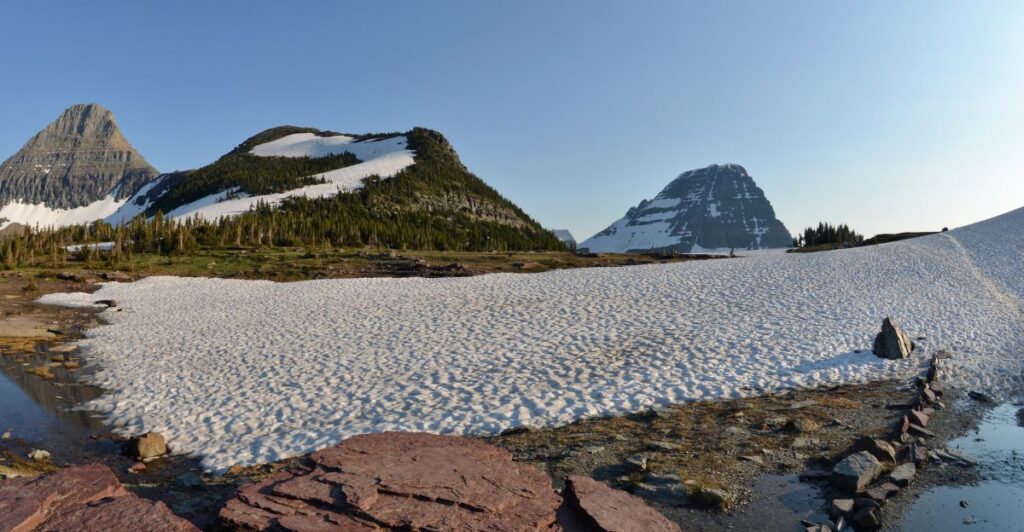
The unearthing of this ancient forest on the Beartooth Plateau not only enriches our understanding of past ecosystems but also serves as a stark warning about the consequences of ongoing climate change. As researchers continue to study these remarkable findings, they emphasize the need for immediate action to protect vulnerable ecosystems that have already endured significant transformations over millennia. The insights gained from this pristine environment will be crucial for informing future conservation strategies aimed at preserving our planet’s biodiversity amidst changing climates.
Urgent Action Needed
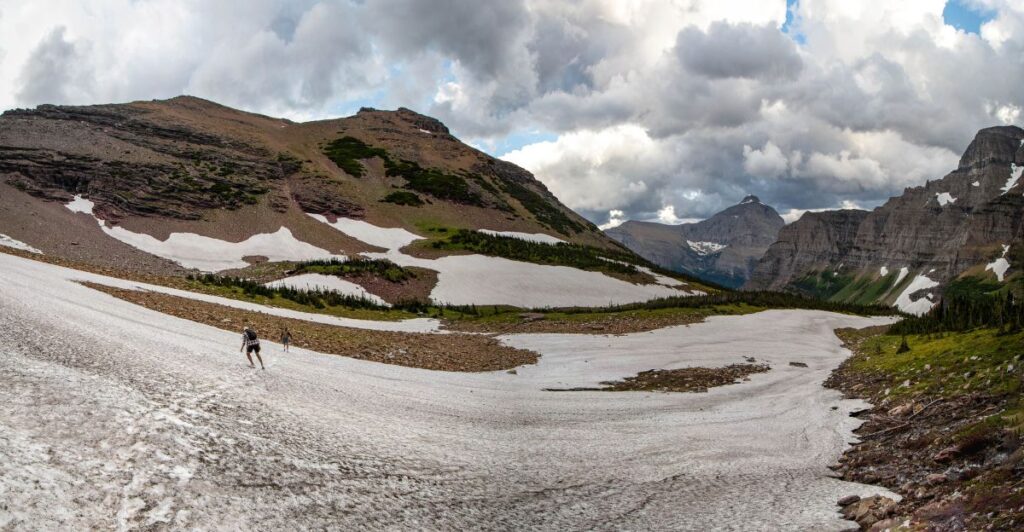
As we reflect on the profound implications of this discovery, it is crucial for individuals, communities, and policymakers to recognize the urgent need for environmental stewardship. The melting ice and the ancient forest it has revealed serve as a powerful reminder of our planet’s dynamic history and the delicate balance that sustains life. By advocating for sustainable practices, supporting conservation initiatives, and addressing climate change through collective action, we can help protect not only the remnants of ancient ecosystems but also the diverse wildlife that relies on them.
Discover more of our trending stories and follow us to keep them appearing in your feed

California Is Breaking Apart: A Fault Line Is Forming Faster Than Anyone Predicted
There Will Be Eruptions”: Concerns Mount as Yellowstone Supervolcano Activity Shifts
Lake Shasta’s Remarkable Comeback From Drought Captured in Stunning Images
Deepest Hole On Earth Permanently Sealed After 2 Billion Year Old Discovery
References:
Reference 1
Reference 2
Reference 3
This article first appeared here
Stay connected with us for more stories like this! Follow us to get the latest updates or hit the Follow button at the top of this article, and let us know what you think by leaving your feedback below. We’d love to hear from you!







